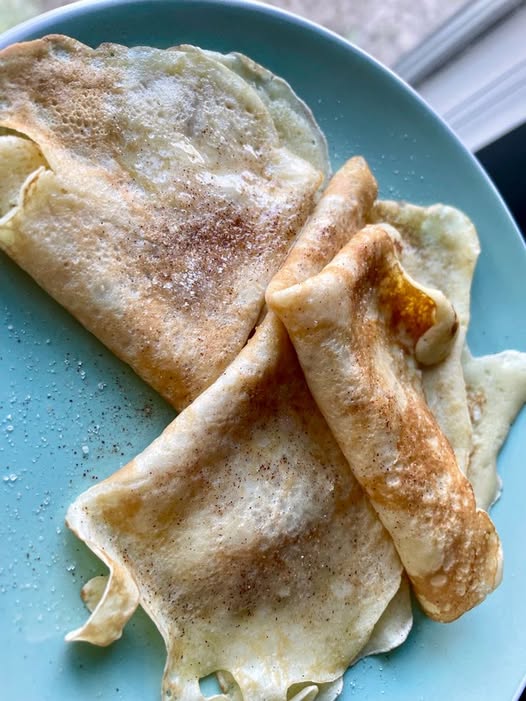
Palacsinta (Hungarian Pancakes): A Taste of Tradition
When it comes to European comfort food, few dishes capture the heart and soul of a culture quite like Palacsinta — the beloved Hungarian pancakes. Thin, delicate, and endlessly versatile, these crepe-like treats have been a staple in Hungarian kitchens for centuries. Often filled with a range of sweet or savory ingredients, Palacsinta can be enjoyed as a breakfast delight, a satisfying lunch, or a comforting dessert. In this article, we’ll dive into the history of Palacsinta, explore its variations, and share a step-by-step recipe to bring this Hungarian classic to your table.
A Brief History of Palacsinta
The origins of Palacsinta can be traced back to ancient Rome, where similar thin pancakes, known as tracta, were prepared using a mixture of flour and water. As the Roman Empire expanded, so did the influence of its cuisine. Eventually, these early pancakes made their way to Hungary, where they evolved into the dish we know today. The name Palacsinta itself is believed to be derived from the Latin word placenta, meaning cake.
In Hungary, Palacsinta quickly became a beloved dish, cherished for its simplicity and adaptability. Families across the country developed their own variations, passing recipes down through generations. From sweet fillings like apricot jam and ground walnuts to savory versions featuring meats and cheeses, Palacsinta remains a symbol of Hungarian hospitality and tradition.
What Makes Palacsinta Unique?
Unlike traditional American pancakes, which are thick and fluffy, Palacsinta is much thinner and more similar to French crepes. However, there are a few key differences:
- Batter Consistency: The batter for Palacsinta is slightly thicker than that of crepes, providing a bit more structure.
- Filling Diversity: While crepes often lean towards sweet fillings, Palacsinta is equally renowned for its savory variations.
- Serving Style: Palacsinta is typically rolled or folded into quarters, then dusted with powdered sugar for sweet versions or topped with sour cream for savory options.
Popular Palacsinta Fillings
The beauty of Palacsinta lies in its versatility. Here are some of the most beloved fillings:
Sweet Fillings:
- Apricot Jam and Ground Walnuts: A classic Hungarian combination that balances sweetness with a bit of texture.
- Nutella and Bananas: A modern twist loved by children and adults alike.
- Cottage Cheese with Raisins: Known as Túrós Palacsinta, this version combines creamy cottage cheese with a hint of vanilla and sugar.
- Chocolate Sauce and Berries: Perfect for dessert, this option feels indulgent yet light.
Savory Fillings:
- Hortobágyi Palacsinta: Stuffed with ground meat, onions, and paprika, then topped with a rich paprika sauce.
- Ham and Cheese: Simple yet satisfying, often finished in the oven with a béchamel sauce.
- Spinach and Feta: A vegetarian favorite that’s both healthy and delicious.
How to Make Authentic Hungarian Palacsinta
Ingredients:
For the Pancakes:
- 1 cup all-purpose flour
- 2 large eggs
- 1 1/4 cups milk (or a mix of milk and sparkling water for extra lightness)
- 1 tbsp sugar (optional for sweet versions)
- 1/4 tsp salt
- 2 tbsp melted butter or oil
- Butter or oil for frying
For the Fillings (Choose Sweet or Savory):
- Sweet: Apricot jam, Nutella, ground walnuts, or cottage cheese with raisins.
- Savory: Ground meat with paprika, ham and cheese, or spinach and feta.
Step-by-Step Instructions:
1. Prepare the Batter:
- In a large mixing bowl, combine the flour, eggs, milk, sugar (if using), and salt. Whisk until smooth and lump-free.
- Stir in the melted butter or oil. For an airier texture, substitute some milk with sparkling water.
- Let the batter rest for 20–30 minutes. This allows the gluten to relax, resulting in tender pancakes.